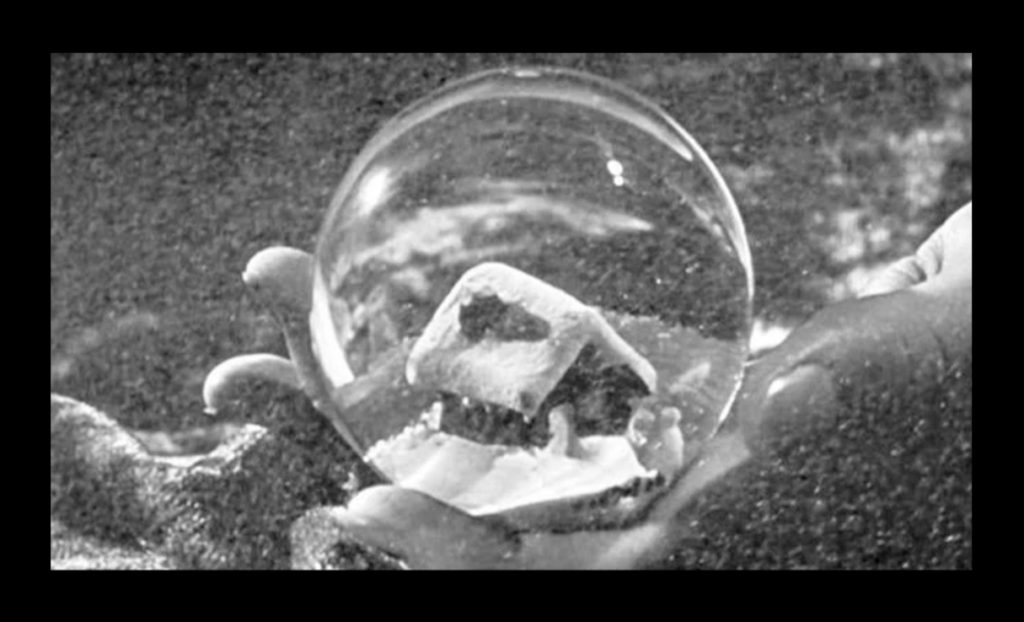
CITIZEN KANE TASK – “You’re Fired!”


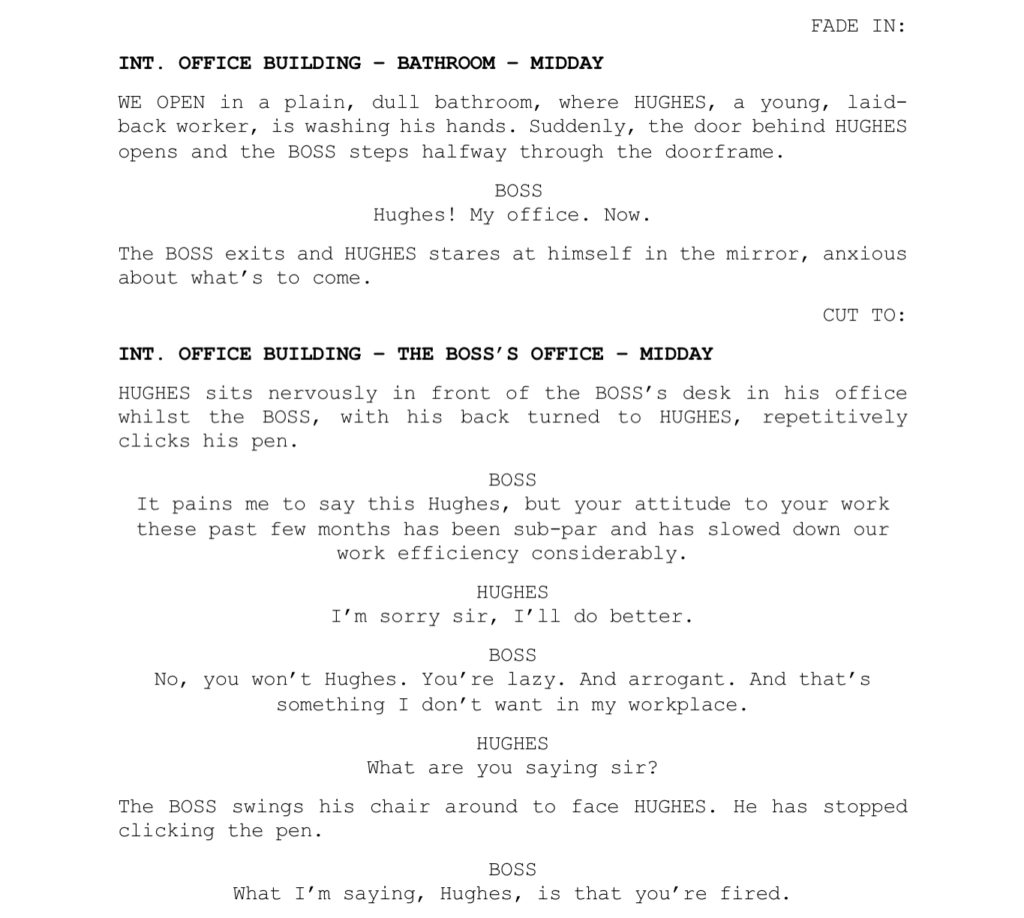

Cameo Lighting – a spotlight that accentuates a single person and maybe a few props in a scene.
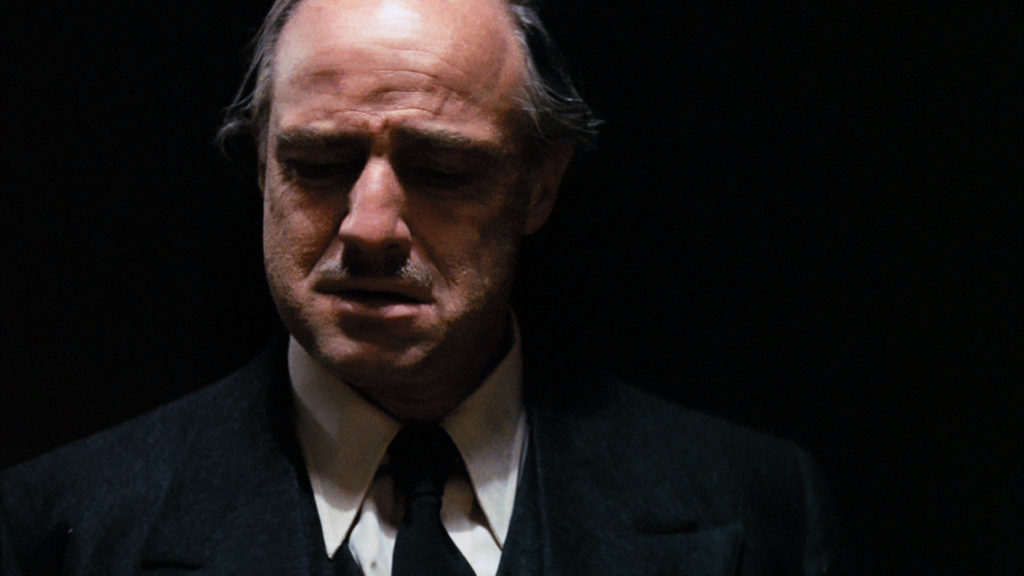
— — — — — — — — — —
Chiaroscuro Lighting – a technique that balances high-contrast light and shade to give the appearance of depth, creating an enhanced or more dramatic effect.

— — — — — — — — — —
Backlighting – a backlight hits an actor or object from behind. It is placed higher than the object it is lighting. Backlights are used to separate an object or an actor from a background.
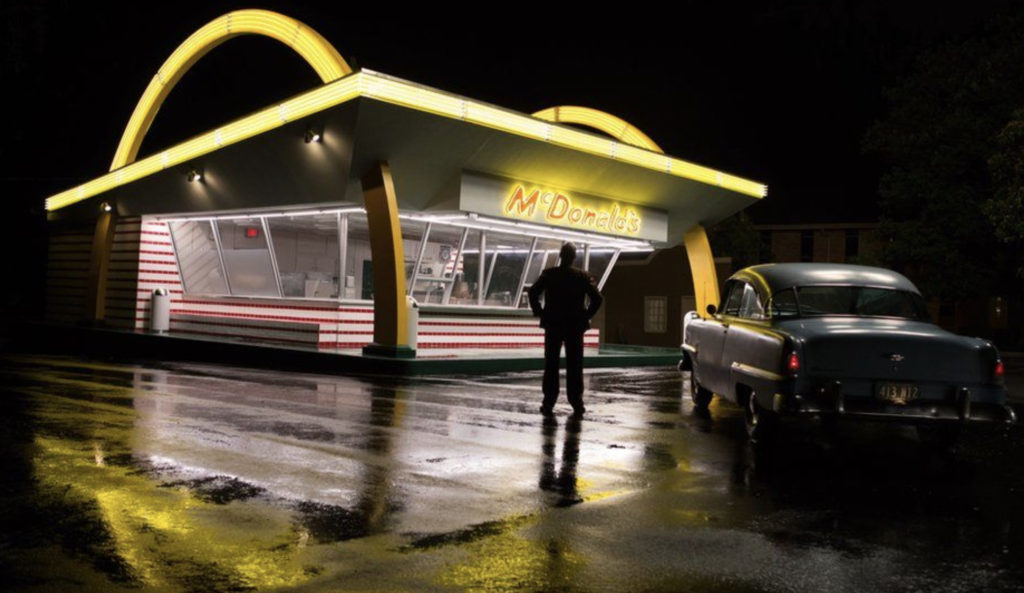
— — — — — — — — — —
Extreme High-Angle Shots – where the camera looks down at the subject from from a higher perspective, making the subject seem smaller.

— — — — — — — — — —
Extreme Low-Angle Shots – where the camera looks up at the subject from from a lower perspective, making the subject seem larger.

— — — — — — — — — —
Deep Focus – where all elements of an image are in sharp focus. This technique helps directors embed their shots with detail.
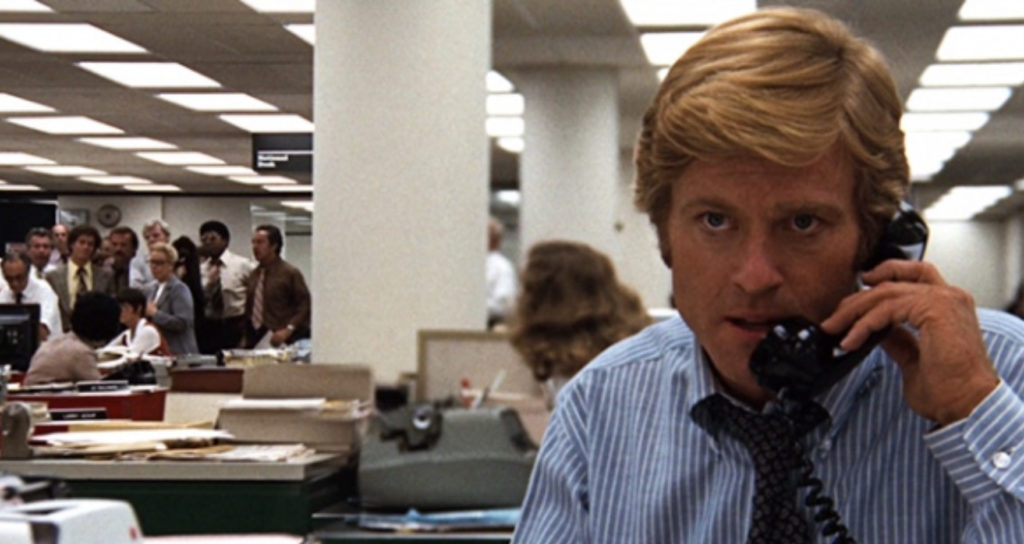
— — — — — — — — — —
Foregrounding – where the primary subject is placed in the foreground and the secondary subjects are in the middle or background.

— — — — — — — — — —
Elaborate Blocking – working with the actors to figure out their movements, body positions, and body language in a scene, as well as working out the camera position and camera movement.

— — — — — — — — — —
Mirror Shots – every mirror shot connects to the specific movie’s themes.
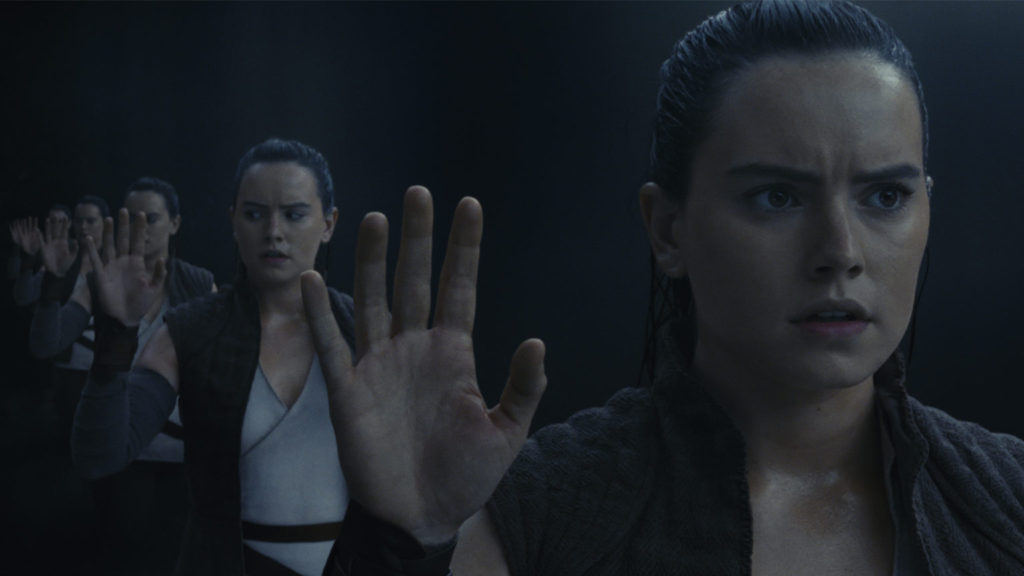
Explain how the production context of Citizen Kane influenced the “look and feel” of the end product.
Orson Welles was a stage director for the Mercury Theatre, an independent theatre company founded by Welles in 1937, before he filmed Citizen Kane in 1941. Given the fact that Welles was allowed to pick the cast, many of the Mercury Theatre actors appeared in the film. He was also given a budget of $839,727 (an expensive amount for a director’s debut film) because he was considered by many as a theatrical genius, which is why he was given full control of the production. Welles used many techniques including deep focus, foregrounding and low-angle shots to create an iconic look for his first film.

— — — — — — — — — —
Choose your favourite scene from the film and explain why this is the case.
My favourite scene from Citizen Kane is the scene in which Charles Kane’s mother signs over his guardianship to the bank whilst he plays outside in the snow. There are many effective uses of micro elements in this scene that Orson Welles utilises. For example, his use of elaborate blocking and deep focus helps to…
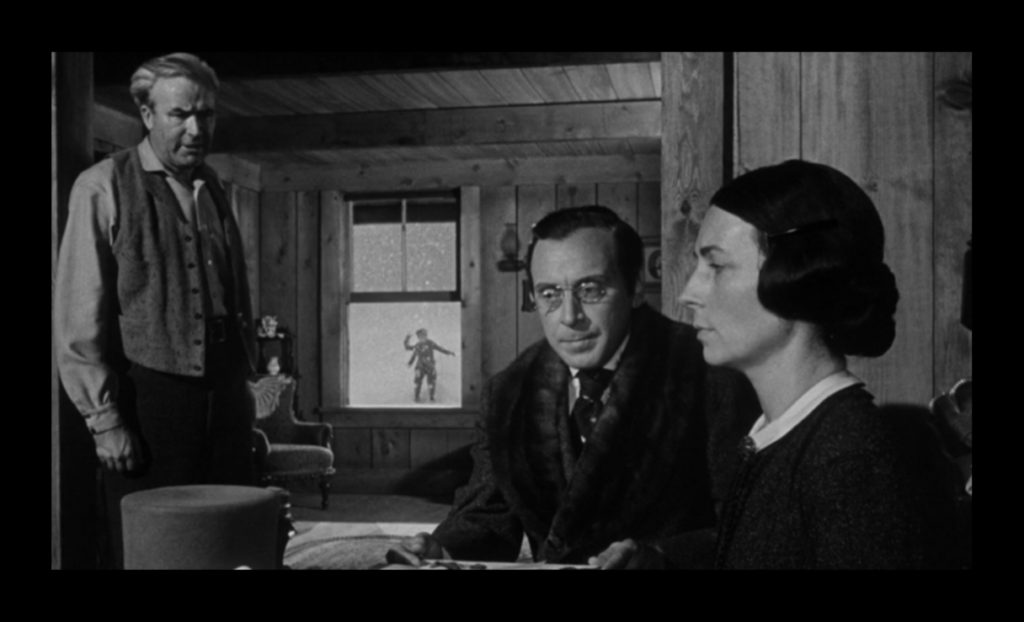
— — — — — — — — — —
Why, in your view, do you think that Citizen Kane is regularly cited by critics as “the greatest movie ever made”?
